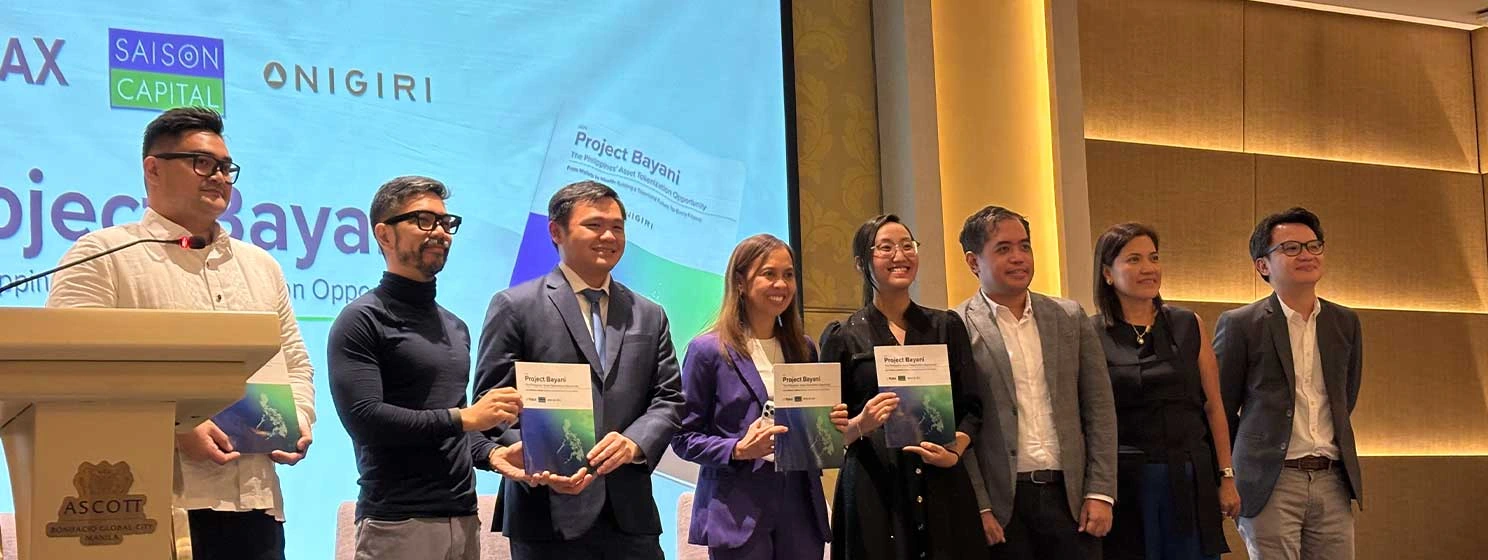|
Getting your Trinity Audio player ready...
|
India and Brazil have agreed to deepen bilateral cooperation in digital public infrastructure (DPI), artificial intelligence (AI), and other technologies, identifying them as vital to national development and public service delivery. The agreement between the two BRICS countries includes cooperation on sharing successful large-scale technological solutions for digital transformation.
Indian Prime Minister Narendra Modi recently paid a State Visit to Brazil at the invitation of President Luiz Inácio Lula da Silva, resulting in a significant push to strengthen India-Brazil relations through a strategic roadmap over the next decade focused on five key pillars, including digital transformation and emerging technologies. Modi’s visit to Brazil marks a significant pivot toward a technology-driven strategic partnership. India and Brazil also agreed to raise bilateral trade to $20 billion over the next five years.
In a broader push for scientific and technological synergy, the countries vowed to the Joint Commission on Scientific and Technological Cooperation, zeroing in on high-priority areas such as digital public infrastructure, AI, quantum technologies, and outer space. The leaders also underscored the importance of promoting direct connections between researchers, innovation hubs, and startups to foster concrete, results-oriented bilateral partnerships.
Modi announced that Brazil is preparing to adopt India’s Unified Payments Interface (UPI) payments platform, and expressed India’s willingness to share its expertise in digital public infrastructure and space technology.
“We have set a goal to raise bilateral trade to 20 billion dollars over the next five years…Our collaboration in the fields of artificial intelligence and supercomputers is expanding. This reflects our shared vision for inclusive development and human-centric innovation,” Modi said during a joint press statement with the President of Brazil.
“Both sides are also working together on the adoption of UPI in Brazil. We would be glad to share India’s successful experience with Brazil in areas such as Digital Public Infrastructure and Space,” Modi added.
India and Brazil committed to coordinated efforts in multilateral forums on digital governance, with a sharp focus on AI’s risks and benefits. Brazil also supported India’s leadership role in the upcoming AI Summit in February 2026.
“At the global level, India and Brazil have always worked in close coordination. As two major democracies, our cooperation is not only relevant to the Global South, but also to all of humanity. We firmly believe that it is our moral responsibility to bring the concerns and priorities of the Global South to the forefront of the global stage,” Modi added.
The agreement between India and Brazil marks a pivotal moment in India’s journey to solidify its leadership in emerging technologies. By sharing its proven DPI tools—such as UPI, Aadhaar, CoWIN, and ONDC—the South Asian nation is not just exporting technological solutions but offering a scalable and inclusive digital governance model. This partnership signals a shift in global digital dynamics, positioning India as a key enabler of accessible, affordable, and impactful tech innovation.
This agreement also unlocks new international markets for Indian startups and digital service providers. Strategically, it reinforces India’s capacity to shape ethical, inclusive, and large-scale tech ecosystems.
“Access to Brazil’s diverse datasets, particularly in agriculture and climate sciences, can enhance India’s AI training capabilities, especially in multilingual contexts,” Raj Kapoor, founder of India Blockchain Alliance (IBA), told CoinGeek.
“This collaboration is bound to open new markets for Indian startups and tech service providers, boosting export revenues while promoting India Stack as a global public good. Strategically, it sets the stage for India to lead the Global South in developing ethical, inclusive, and scalable tech solutions—an increasingly important role in a geopolitically fragmented digital world,” Kapoor added.
India’s UPI vs Brazil’s Pix
India and Brazil have prioritized digital innovation to drive financial inclusion. Each country has introduced its real-time payment platform: India’s UPI launched in 2016, and Brazil’s Pix system followed in 2020. While both systems aim to broaden banking access, reduce reliance on cash, formalize the informal economy, and streamline everyday payments, they operate under different regulatory approaches.
India’s UPI is managed by the National Payments Corporation of India (NPCI), a public-private initiative, whereas Pix is overseen directly by Brazil’s central bank. India’s strategy of encouraging widespread UPI adoption through minimal transaction costs contrasts with Brazil’s model, which permits merchants to impose fees for Pix usage.Despite differing structures, both platforms have demonstrated that digital payments are increasingly favored for small-value transactions—even facing challenges like limited internet access and cybersecurity concerns. The widespread uptake of these systems is anchored in key enablers: smartphone usage, access to banking services, and internet connectivity. These foundational elements are essential for other nations aiming to replicate the UPI or Pix models in their financial ecosystems.
“The [UPI] adoption would immediately offer Brazil a transformative opportunity to accelerate financial inclusion, digitize its economy further, and improve public service delivery. While Brazil already has its Pix payment system, UPI will provide an open, interoperable framework with modular APIs [application programming interface] that can power a much broader range of services, from real-time person-to-merchant transactions to micro-lending and social benefit disbursement,” Kapoor explained.
Integrating UPI into Brazil’s fintech ecosystem could offer a significant innovation boost, enabling startups to develop new solutions on a reliable and proven digital infrastructure. This move would also enhance the efficiency of public subsidy distribution by minimizing leakages and increasing transparency—particularly benefiting rural and underserved communities.
“Moreover, integrating UPI into Brazil’s payment ecosystem strengthens the foundation for a future BRICS digital payments network, enabling faster cross-border remittances, trade settlements, and financial collaboration with India and other member countries. This move should also position Brazil as a leader in adopting proven, scalable digital tools for inclusive growth, while also signalling its commitment to tech diplomacy and digital sovereignty,” Kapoor added.
A pact for digital diplomacy across Global South
With the new agreement, India and Brazil are now well-positioned to usher in a new phase of technological collaboration grounded in shared development goals and complementary capabilities. In digital public infrastructure, India can extend its proven frameworks—such as UPI for real-time payments, CoWIN for health and vaccination tracking, and ONDC for open e-commerce—to support Brazil’s efforts to expand digital access and strengthen governance systems. These platforms offer scalable solutions that Brazil can adapt to address its local challenges, especially in promoting inclusion.
On the other hand, Brazil brings valuable strengths to the table. Its advancements in biometric banking, expertise in geospatial technologies, and the institutional capacity of its national space agency, INPE, can significantly support India’s ambitions in climate monitoring and disaster resilience using space-based technologies. In artificial intelligence, India’s natural language processing and machine learning capabilities can synergize with Brazil’s rich multilingual and environmental datasets, creating opportunities for developing inclusive AI systems that cater to diverse communities.
“The India–Brazil MoU is a strategic bilateral agreement that shall set a blueprint for reshaping digital cooperation across the Global South. By combining India’s scalable, people-centric digital infrastructure with Brazil’s ecosystem and regional leadership, this partnership has the potential to redefine how emerging markets deploy technology for inclusive, sustainable development,” Kapoor explained.
The two countries also have strong foundations to co-develop resilient digital health ecosystems. India’s scalable e-health platforms can integrate with Brazil’s well-established community-based healthcare delivery models, creating interoperable systems that can effectively respond to public health needs. Additionally, both nations have established robust data protection frameworks—India’s Data Empowerment and Protection Architecture (DEPA) and Brazil’s General Data Protection Law (LGPD)—which can support secure, consent-driven cross-border data exchanges.
“Both nations can jointly invest in health-tech transformation, thereby leveraging India’s scalable e-health infrastructure and Brazil’s community-driven public health outreach to build resilient, interoperable digital health ecosystems. Importantly, both countries also share strong data protection frameworks. India’s DEPA and Brazil’s LGPD can, ideally, form the backbone of secure, consent-based data exchanges. Together, both nations can co-create a tech alliance that not only accelerates digital transformation but also sets new global standards for equitable, open, and sovereign digital ecosystems,” Kapoor stated.
Importantly, this MoU reinforces and gives practical shape to the BRICS Digital Economy Framework, which calls for closer cooperation in areas such as AI, internet of things (IoT), cybersecurity, and digital skills development, Kapoor said. It also provides tangible steps forward by focusing on interoperable payment systems, collaborative AI research, and innovation in emerging technologies—setting a precedent for greater digital alignment among BRICS members.
Moreover, Kapoor pointed out that the India-Brazil MoU contributes to several Sustainable Development Goals (SDGs). These include SDG 9 (Industry, Innovation, and Infrastructure) through joint R&D and tech development; SDG 16 (Peace, Justice, and Strong Institutions) using transparent digital governance; and SDG 17 (Partnerships for the Goals) through cross-border cooperation in digital public infrastructure. In doing so, it directly supports the United Nations High-Level Panel on Digital Cooperation recommendations by putting inclusive digital development into action.
“The MoU is, in fact, a force multiplier for India’s global tech diplomacy agenda. It enhances India’s influence across platforms like BRICS, G20, DPGA, WTO, GPAI, and the United Nations SDGs, and paves the way for Brazil to emerge as a key partner in shaping inclusive digital governance,” Kapoor added.
Watch: India is going to be the frontrunner in digitalization

 12-20-2025
12-20-2025 




